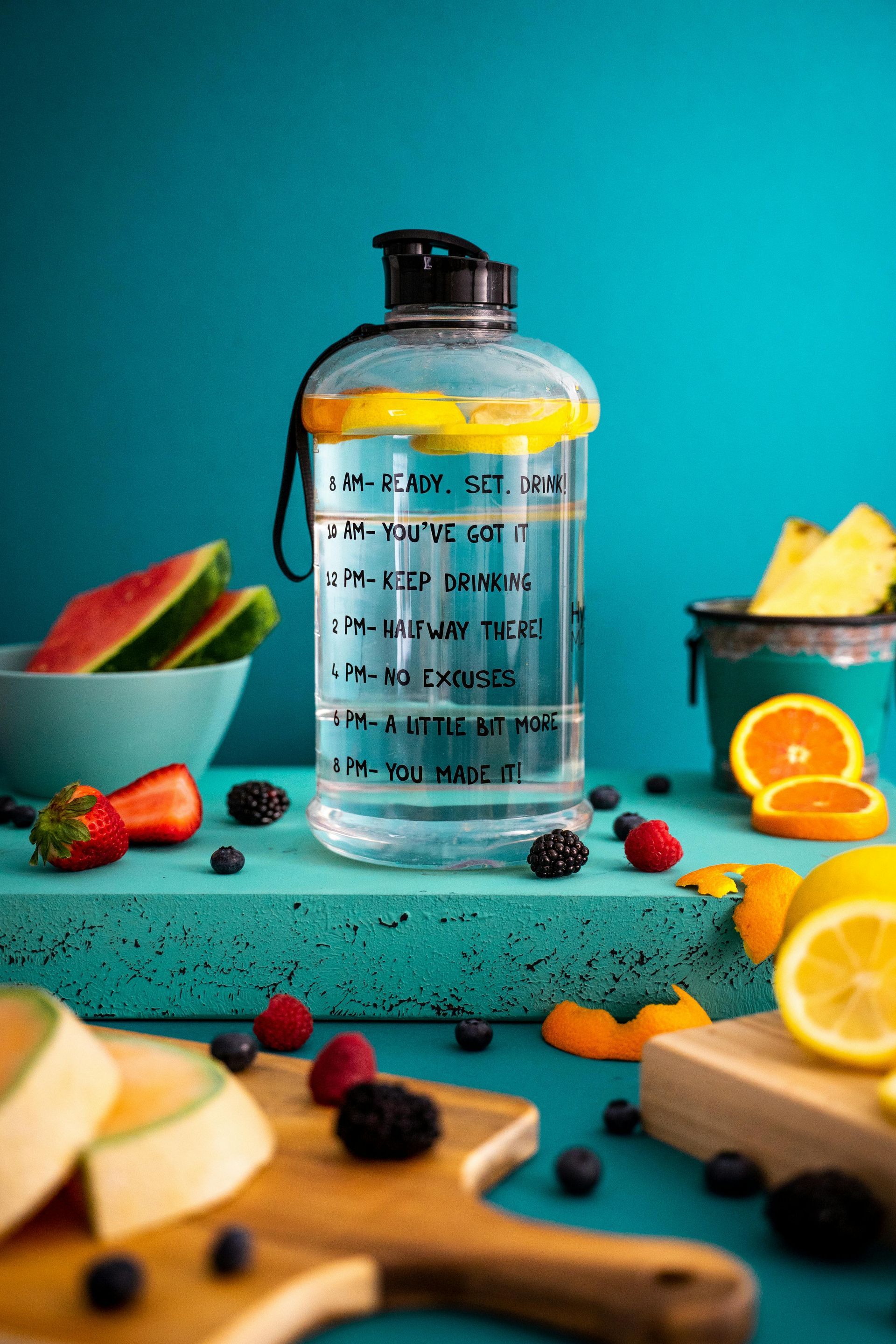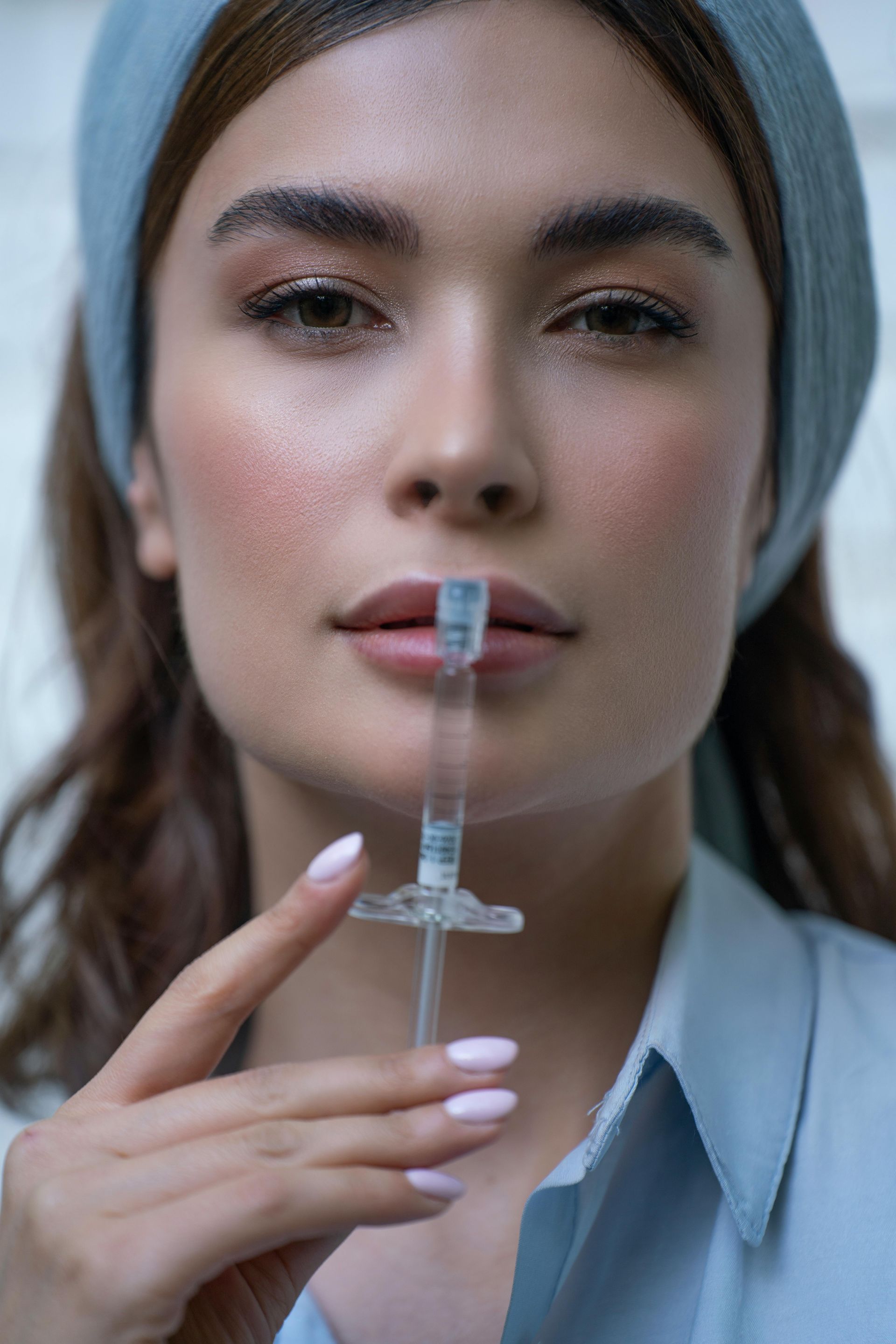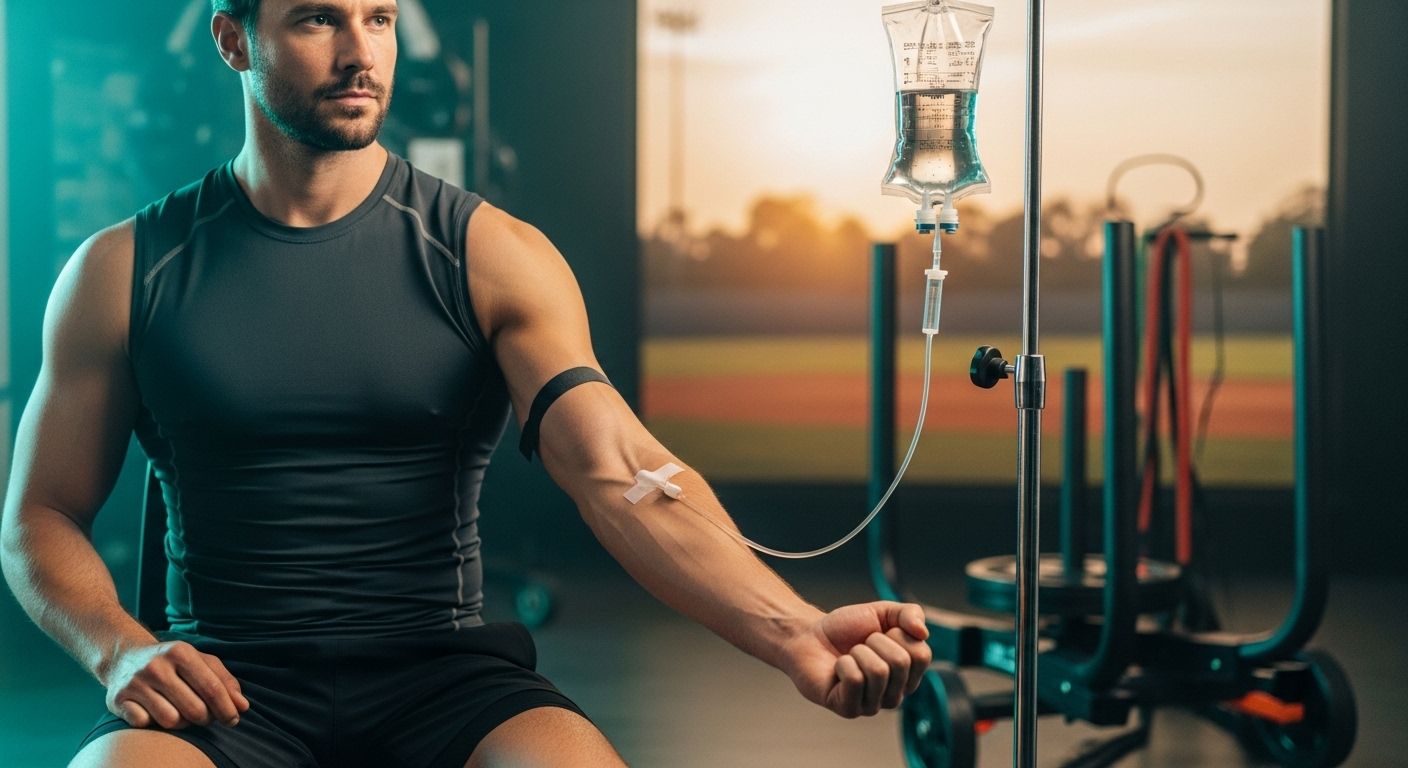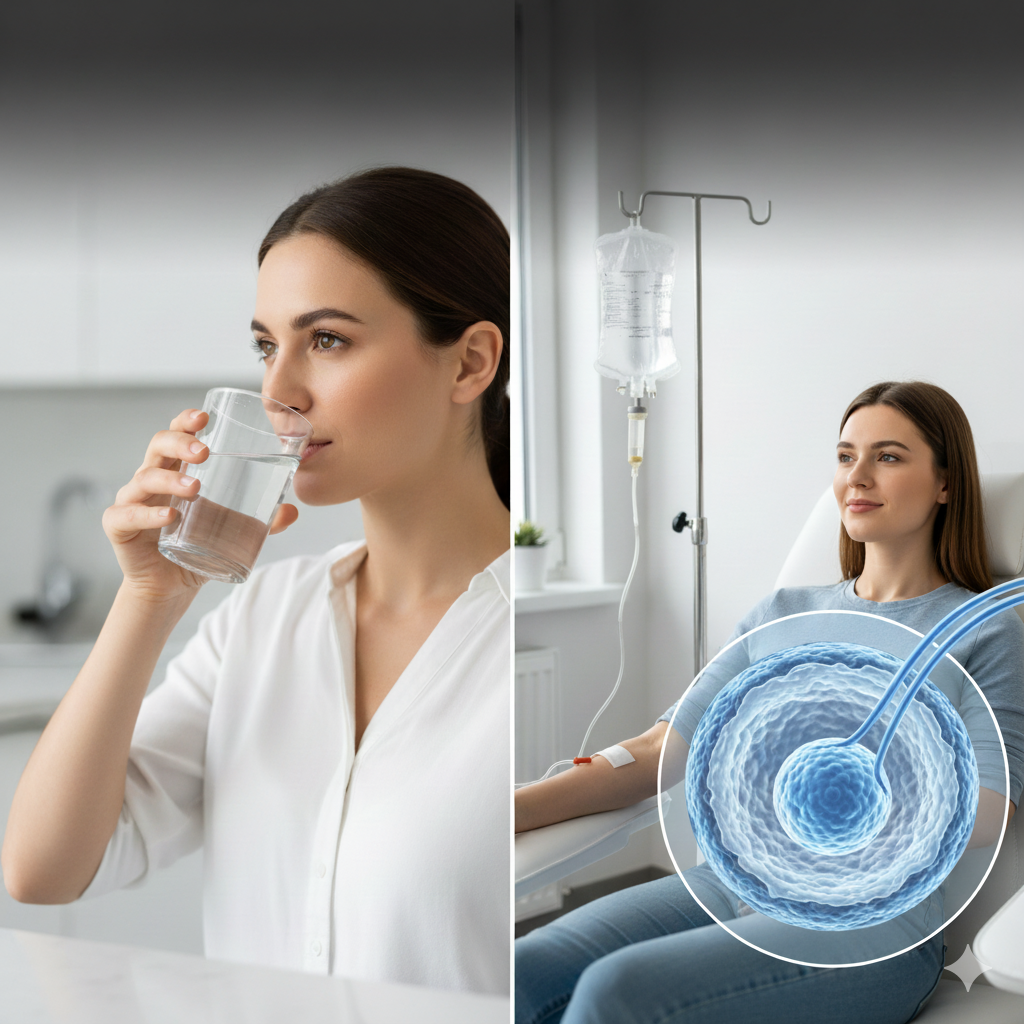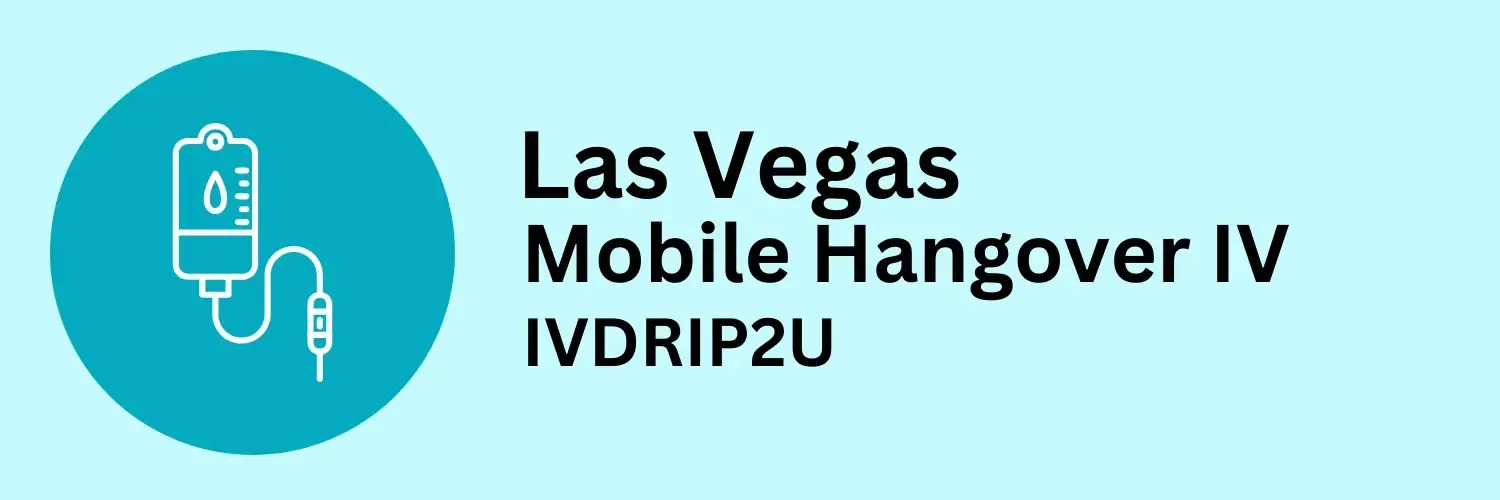The Absorption Showdown: IV Drip or Daily Vitamins
When it comes to boosting your health and energy, two popular choices stand out: intravenous (IV) nutrient therapy and daily vitamin supplements. But which one actually delivers more nutrients to your body? This is the heart of The Absorption Showdown: IV Drip or Daily Vitamins. Both have their loyal supporters, and both come with their unique benefits and drawbacks. Understanding how each method works is essential to making an informed decision about your health.
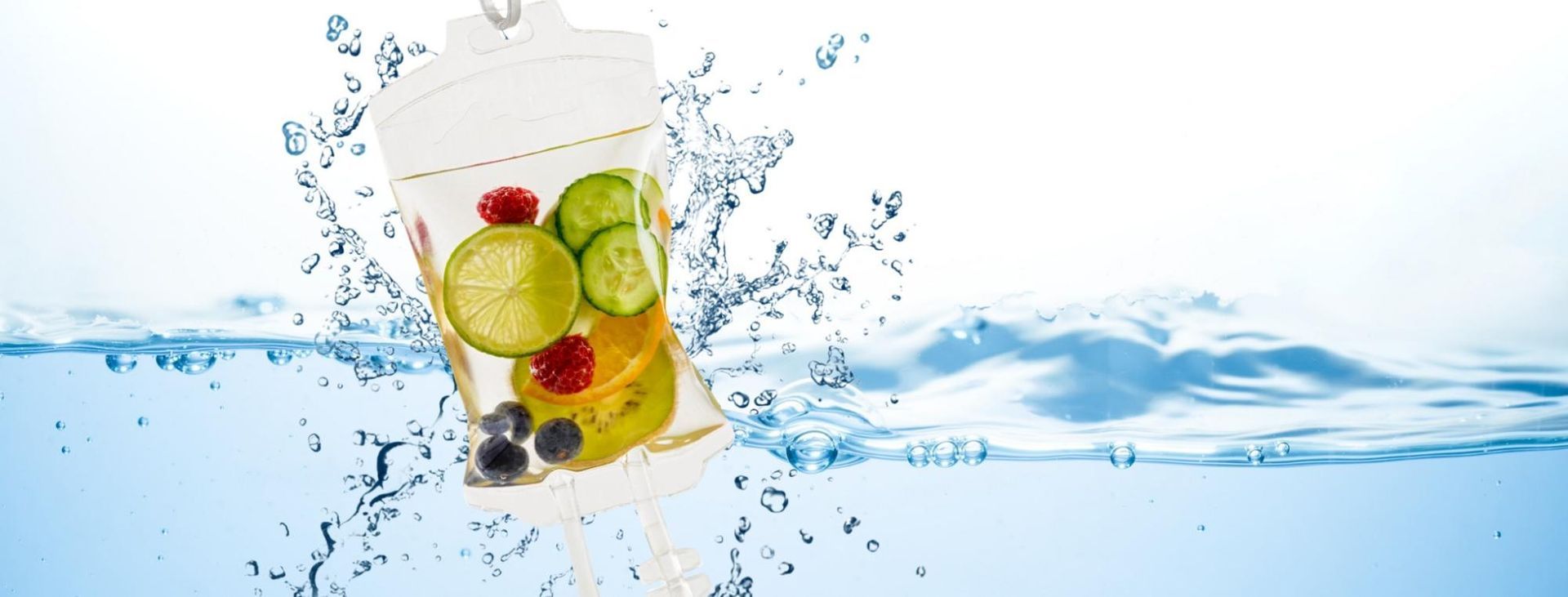
Understanding Nutrient Absorption in the Body
Your body doesn’t automatically absorb all the nutrients you consume. The digestive process breaks down food and supplements, but factors like stomach acid, enzyme activity, and gut health affect how much actually reaches your bloodstream. Nutrient absorption efficiency can range from as low as 10% to nearly 100%, depending on the method of delivery.
What is IV Drip Therapy and How Does It Work?
IV Drip Therapy involves delivering vitamins, minerals, and other nutrients directly into your bloodstream through a vein. This bypasses the digestive system entirely, ensuring maximum nutrient delivery. Mobile services like IV Drip Therapy even bring treatments to your home or office for convenience.
The Science Behind IV Nutrient Absorption
Because IV drips skip the stomach and intestines, they can achieve nearly 100% absorption. Nutrients are available to your cells almost immediately, which is why athletes, busy professionals, and recovery patients often choose this method for rapid results.
How Oral Daily Vitamins Work
Oral vitamins—whether in pill, capsule, or gummy form—must go through digestion before absorption. Enzymes break down the supplements in the stomach, and the nutrients are absorbed in the small intestine. This process can be slowed by factors like poor gut health, certain medications, or even the time of day you take your vitamins.
Absorption Rates: IV Drip vs. Daily Vitamins
- IV Drip Therapy: Up to 100% absorption rate
- Daily Vitamins: Often between 20%–80%, depending on the nutrient and individual health factors
While IV drips have an edge in speed and efficiency, oral vitamins still provide steady nutrient intake over time.
Key Nutrients Delivered Through IV Drip Therapy
Common IV drips include high doses of vitamin C, B-complex vitamins, magnesium, calcium, and antioxidants like glutathione. These can be customized to meet specific needs, whether it’s immune support, energy boost, or recovery from dehydration.
Common Vitamins and Minerals in Oral Supplements
Daily vitamins usually contain a blend of essential nutrients like vitamin D, iron, zinc, folic acid, and omega-3 fatty acids. While they may not have the instant impact of IV therapy, they are convenient and effective for maintaining general wellness.
Benefits of Choosing IV Drip Therapy
- Rapid hydration and nutrient delivery
- Customized nutrient blends
- Immediate energy and mood boost
- Bypasses digestive issues
Many people also use IV therapy as part of a wellness routine for chronic fatigue, migraines, or immune support.
Advantages of Taking Daily Vitamins
- Convenient and easy to take anywhere
- Lower cost compared to regular IV sessions
- Supports long-term health maintenance
- Available without medical supervision
Potential Drawbacks of IV Drip Therapy
- More expensive than oral vitamins
- Requires a trained professional to administer
- Possible discomfort from needles
- Not always necessary for people with healthy digestion
Possible Downsides of Daily Vitamins
- Lower absorption rates for certain nutrients
- May cause stomach upset if taken on an empty stomach
- Risk of overdosing with fat-soluble vitamins if not monitored
Cost Comparison: IV Drip vs. Daily Vitamins
- IV Drip Therapy: $100–$300 per session
- Daily Vitamins: $10–$40 per month
If budget is a major factor, daily vitamins are far more economical.
Which Method is Better for Athletes and Active Individuals?
Athletes often choose IV drips after intense training for rapid recovery, hydration, and muscle repair. However, daily vitamins provide steady nutrient support between workouts.
When IV Drip Therapy May Be the Better Choice
If you need immediate nutrient replenishment—such as after illness, jet lag, or dehydration—IV therapy is the clear winner. Booking a mobile session through Contact ensures you can get treated quickly.
When Daily Vitamins Might Be More Practical
For most people, a balanced diet plus a quality daily multivitamin is enough to maintain optimal health without the cost and time commitment of regular IV therapy.
Combining IV Drip and Daily Vitamins for Maximum Benefit
Some people choose both methods: using daily vitamins for ongoing support and IV therapy for occasional boosts during stress, illness, or heavy training seasons.
Expert Opinions on IV Drip vs. Oral Supplements
Health professionals agree that both have a place in wellness routines, depending on individual needs. Your lifestyle, health goals, and budget should guide your choice.
FAQs About IV Drip Therapy and Daily Vitamins
Is IV Drip Therapy safe?
Yes, when administered by trained professionals, IV therapy is generally safe for most healthy adults.
Can I replace my daily vitamins with IV Drip Therapy?
While IV therapy can provide nutrients directly, it’s not a substitute for a balanced diet or daily supplementation in the long term.
How often should I get IV Drip Therapy?
It depends on your health needs. Some get it weekly, others only during recovery periods.
Do IV drips hurt?
Most people experience only mild discomfort when the needle is inserted.
Are daily vitamins enough if I eat well?
If your diet is nutrient-rich, vitamins may simply fill small nutritional gaps.
Which is faster for boosting energy?
IV therapy delivers an immediate boost, while daily vitamins support gradual improvement over time.
Conclusion – Making the Right Choice for Your Health
In The Absorption Showdown: IV Drip or Daily Vitamins, there’s no one-size-fits-all winner. IV therapy is unbeatable for quick absorption and immediate effects, while daily vitamins excel in convenience and affordability. The best choice depends on your personal health goals, budget, and lifestyle—and for some, a combination of both is the ultimate solution.
